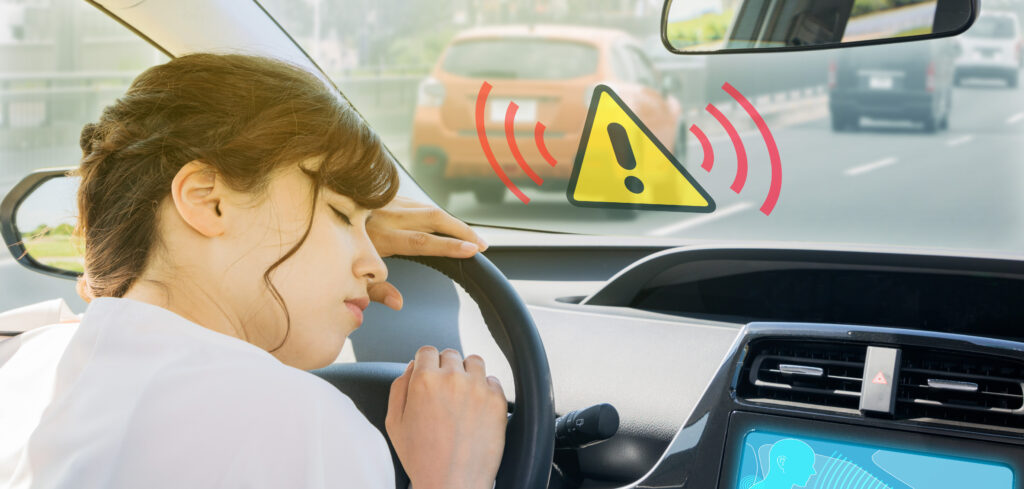Following a study which found that overtiredness, distraction or health issues in a driver cause 10% of serious extra-urban traffic crashes, the Allgemeiner Deutscher Automobil-Club (ADAC) conducted its own investigation on how modern-day, in-cabin sensing systems can aid in preventing the aforementioned causes for crashes.
During its investigation, ADAC evaluated four systems from Sony, Ford, DTS/SPERI and Bosch. The resulting findings were that each company’s prototype worked as intended and responded as required to the warning signs of tiredness, distraction or health issues.
The systems developed by Bosch, Ford and DTS/SPERI focus on detecting a tired, distracted or health-impaired driver. The system then warns the vehicle occupant before a crash occurs. During the study, ADAC did however find a weakness. When parts of the driver’s face were covered – in long hair for example – then the object causing distraction could not be covered or captured by the sensor and its system.
The system from Sony, however, uses a sensor to generate a 3D depth image to address passive vehicle safety. The depth image enables the volume and angle of the upper body, distance between the head and steering wheel or an out-of-position sitting posture to be detected by the company’s in-cabin solution. Through the use of this information, OEMs can adapt restraint systems to suit each occupant and their individual sitting position, ensuring the highest standard of personalized protection if a crash were to occur.
On 6 July 2022, the European Union introduced a regulation which outlined that passenger compartment systems in new passenger car models and light commercial vehicles must be able to detect tiredness in the driver in all new vehicles from July 2024 onward. Systems in new models will also be required to detect distracted drivers from July 2024.
On completion of the study, ADAC outlined that in order for in-cabin sensing to evolve, the following criteria must be met.
In-cabin sensing systems should not only warn the driver in the event of tiredness, distraction and health issues but should also be linked to driver assistance systems in order to actively prevent a collision or introduce a minimum risk maneuver.
The rate of false triggers should be as low as possible to increase the driver’s acceptance and confidence in the systems.
User data should not be stored in the vehicle without their consent and should only be used to implement the safety-relevant system functions.
Optimal use of the potential of in-cabin sensing systems can be attained if these systems are able to address all areas of vehicle safety – before, during and after a crash.



